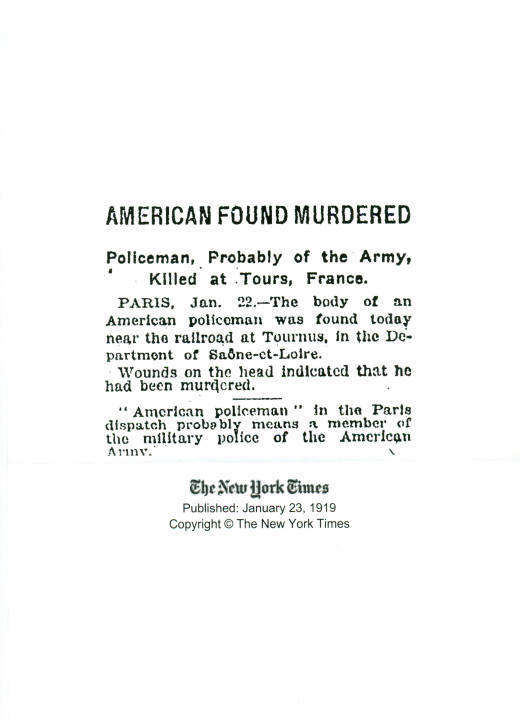Hi there,
The article underneath is from my blog. I thought it might be of interest for this group?
SOUVIENS-TOI!
On 10 June 1944, a German SS battalion entered the French village of Oradour sur Glane and mercilessly murdered 642 men, women and children. Even my simple statement resonates the horror in that single fact.
We visited the site of the massacre today. It remains very much as it was when visited by General de Gaulle shortly after the end of the War. He it was, who decided that a new Oradour should be built; the ruins to be preserved separately as a testament and memorial to his fallen countrymen. Not one building remains intact in this roughly, star-shaped village, whose main street runs for around half a mile. It is a very popular tourist site. My belligerent tongue will not allow me to say “tourist attraction” which seems, at the very least, sacrilegious.
This dismembered village is set amid rich agricultural land. The area is rural France in all her glory. It was enough to tempt the Limogeois to take the tram out on a Sunday. They ate in the restaurants, hotels and cafes. They strolled in their shirts. They tickled trout in the river. The tram line to Limoge didn’t just bring customers. It brought drapery and fashion. It brought Hollywood and Harold Lloyd. These, in turn, drew hairdressers and haberdashers and a quiet, rural gentility.
But I use the term village as an easy reference only. There is no village. There are no remains of a village. Even the plates on the shattered portals, which tell of the trade of the occupants, fail to convince the visitor of its existence. The one thing that made it a village no longer exists. There is no community. The site is a sandy-grey backdrop from which the colour of life has been drained entire. The only colour is brought in each day through an admissions gate, and disappears before the sun sets each evening.
People have told us that the site is quiet and empty, and has an air of tranquility. Not for me. Oradour is full of the soundless cries of over six hundred souls. The air is febrile and disturbed. The signs which urge the visitor “To Remember” are unnecessary. The skeletal buildings whisper “remember, remember” at every empty door or window embrasure.
Its now one in the morning. The effects of the visit are both pervasive and reflective. I have come to realise that the cameo pictures on the tombs of the martyrs, show young women with the same hairstyles and fashions, as on the photos of my mother. My Dad’s old photos the same, and dare I say it? Even of me. Not so surprising when you consider these events happened a scant seven years before my birth. The realisation is harrowing.
I don’t want to tell the tale of the massacre. That is for those unquiet ruins to do. I simply want to write away my demons. I’d ask you to consider that neither Oradour; nor the thousand other communities in the Limousin, had ever been eradicated throughout two Millenia. Despite the incursions of the Romans, Goths, Turks, Normans. Yet sixty-six years ago that was the unexpected and irrational fate of Oradour.
I meet German men and women on the ski slopes or touring Europe and Scotland. It is both conceivable and possible that their father, uncle or Grandfather took the hand of a six year old French girl and lead her to her death in a locked church. Other than great leaps in Technology and science, what have we learned in two thousand years?
